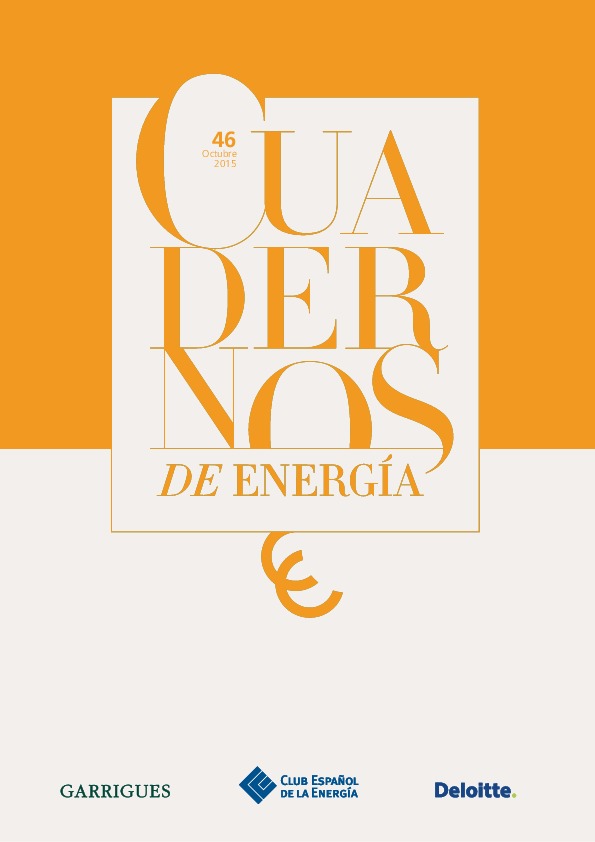Interactions between the European Union Emissions Trading Scheme (EU ETS) and complementary energy policies by 2030 (only in Spanish)
I4CE– Institute for Climate Economics and Enerdata have contributed to the Spanish Energy Journal issue 46/November 2015 by presenting their analysis on the EU ETS developement by 2030. This paper presents results from the analysis of interactions between the EU ETS and energy-climate complementary policies.
The paper desmontrates that:
- The combination of different objectives RES, EE and CO2 will have some impact on the cost of transition to a low carbon economy. Indeed, the unique GHG emissions reduction target may be sufficient to reach a 27% share of renewable energy sources in gross final consumption, but attaining the target for energy efficiency would require a large-scale implementation of costly energy saving policies. The costs of energy efficiency policies may be profoundly affected (by a factor 4) by the coexistence of targets.
- Interactions between different policies may induce overhead vis-à-vis an economically optimal trajectory transition towards a low carbon economy. However, complementary instruments are necessary because of a wide array of barriers to entry hampering to exploit the full decarbonization potential at lower cost in the short and long term. A whole policy mix is necessary, but its impact on the carbon price should be carefully assessed and justified in a transparent and comprehensive manner.
- The emissions cap in the EU ETS should be set taking into account these instruments. These latter are however likely to under or over achieve their objectives, and some flexibility is necessary in the supply of allowances to improve the resilience of the EU ETS.
